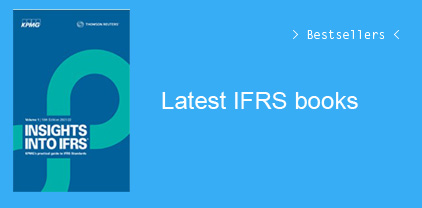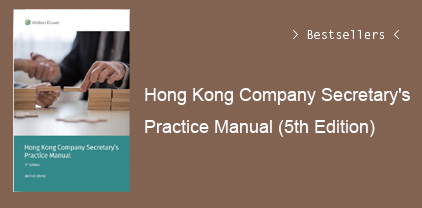Introduction 1
Book I: Setting Up Your Accounting System 5
Chapter 1: Grasping Bookkeeping and Accounting Basics 7
Chapter 2: Outlining Your Financial Road Map with a Chart of Accounts 17
Chapter 3: Using Journal Entries and Ledgers 27
Chapter 4: Choosing an Accounting Method 43
Book II: Recording Accounting Transactions 53
Chapter 1: Keeping the Books 55
Chapter 2: Tracking Purchases 67
Chapter 3: Counting Your Sales 79
Chapter 4: Processing Employee Payroll and Benefits 91
Chapter 5: Computing and Reporting Payroll Taxes 111
Book III: Adjusting and Closing Entries 123
Chapter 1: Depreciating Your Assets 125
Chapter 2: Paying and Collecting Interest 137
Chapter 3: Proving Out the Cash 147
Chapter 4: Reconciling Accounts and Closing Journal Entries 157
Chapter 5: Checking Your Accuracy 175
Chapter 6: Adjusting the Books 185
Book IV: Preparing Income Statements and Balance Sheets 195
Chapter 1: Brushing Up on Accounting Standards 197
Chapter 2: Preparing an Income Statement and Considering Profit 207
Chapter 3: Assessing the Balance Sheet's Asset Section 223
Chapter 4: Digging for Debt in the Balance Sheet’s Liabilities Section 239
Chapter 5: Explaining Ownership in the Equit y Section of the Balance Sheet 253
Chapter 6: Coupling the Income Statement and Balance Sheet 265
Book V: Reporting on Your Financial Statements 279
Chapter 1: Presenting Financial Condition and Business Valuation 281
Chapter 2: Laying Out Cash Flows and Changes in Equity 291
Chapter 3: Analyzing Financial Statements 305
Chapter 4: Reading Explanatory Notes and Disclosures 321
Chapter 5: Studying the Repor t to the Shareholders 335
Book VI: Planning and Budgeting for Your Business 347
Chapter 1: Incorporating Your Business 349
Chapter 2: Choosing a Legal Structure for a Business 361
Chapter 3: Drawing Up a Business Plan to Secure Cash 371
Chapter 4: Budgeting for a Better Bottom Line 383
Chapter 5: Mastering and Flexing Your Budgeting 395
Chapter 6: Planning for Long-Term Obligations 407
Book VII: Making Savvy Business Decisions 419
Chapter 1: Estimating Costs with Job Costing 421
Chapter 2: Performing Activity-Based Costing 437
Chapter 3: Examining Contribution Margin 453
Chapter 4: Accounting for Change with Variance Analysis 469
Chapter 5: Making Smart Pricing Decisions 487
Book VIII: Handling Cash and Making Purchase Decisions 497
Chapter 1: Identifying Costs and Matching Costs with Revenue 499
Chapter 2: Exploring Inventory Cost Flow Assumptions 507
Chapter 3: Answering the Question: Should I Buy That? 519
Chapter 4: Knowing When to Use Debt to Finance Your Business 533
Chapter 5: Interpreting Your Financial Results as a Manager 547
Book IX: Auditing and Detecting Financial Fraud 555
Chapter 1: Mulling Over Sarbanes-Oxley Regulation 557
Chapter 2: Preventing Cash Losses from Embezzlement and Fraud 571
Chapter 3: Assessing Audit Risk 585
Chapter 4: Collecting and Documenting Audit Evidence 607
Chapter 5: Auditing a Client’s Internal Controls 625
Chapter 6: Getting to Know the Most Common Fraud Schemes 647
Chapter 7: Cooked Books: Finding Financial Statement Fraud 663
Index 673
































